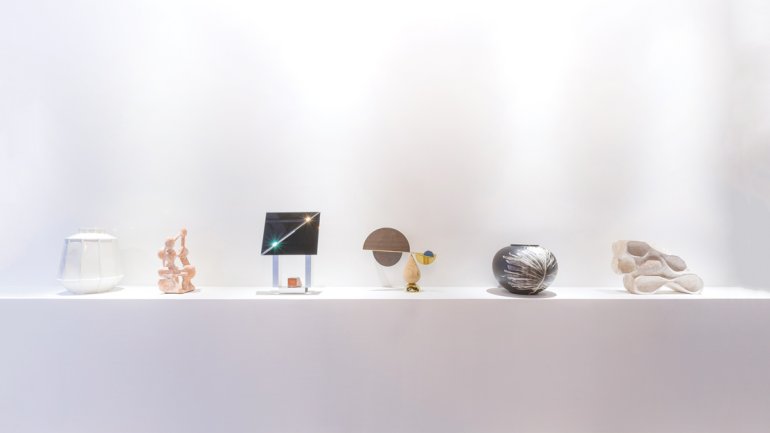The Future Perfect
The Future Perfect
Back when “Williamsburg” was known more as a historical re-creation in Virginia than an ultra-cool enclave of Brooklyn, David Alhadeff opened the Future Perfect.
“It was 2003, and I was 28, and without sounding too childish, I don’t know that I knew what I was doing,” Alhadeff says. “I was following my gut, which was a desire to work with architecture and interior and industrial design, which I felt was my calling.
“At the same time, I saw this group of people coming out of Brooklyn making furniture and designing all these really incredible things, and I thought, ‘These people deserve a space.’ ”
The space he gave them was a retail shop that attracted immediate attention for its visionary blend of craft and design. The Future Perfect has been credited as a spark that ignited Brooklyn’s aesthetic fire and helped reignite the American craft movement. (The store has since moved to Manhattan and added a second location in San Francisco, as well as international online sales.)
“Our real differentiating factor was we focused on American design, and at that time, everyone was saying, ‘What is American design? There’s been nothing since [Charles and Ray] Eames,’ ” says Alhadeff. “Now the question is, ‘Where’s the next hotbed of American designers?’ ” (His answer: everywhere, because of our mobility, and also Los Angeles. “LA now is to design and art what Brooklyn was in 2003.”)
Most recently, the Future Perfect, which operates today more as a gallery than a retail store, has moved away from gift items and toward furniture and lighting, except during the holiday season, when smaller items are sold. This year’s seasonal exhibition, “The Immaculate Object,” features new commissioned work from regulars and the debut of Jonathan Cross, who makes angular wood-fired ceramics.
“Design as a field of interest at the level we work at intersects with craft in every way, even at the production level,” Alhadeff says.
Lindsey Adelman, a lighting designer who works in glass, is a perfect example, he says. “She’s all about craft, working with glassblowers from the known to the unknown.” He also has people who do both on his roster, such as Jason Miller, a ceramist who also designs furniture and lighting.
“People like Lindsey and Jason have the idea and find the people to execute it,” he says. “They work with the metal guy here and the ceramicist there and the glass person there – they’re fusing together parts of the craft industry. That is a big, huge talent.”
Alhadeff works with about 40 individual designers and craftspeople, as well as manufacturers. He’s always on the lookout for new artists, through his travels, referrals, and online.
“Instagram is the new website – it’s a huge game changer. I’m finding more and more talent there than anywhere else,” he says. One of those finds was Eric Roinestad, an LA-based ceramist, designer, and art director. “Eric came up on my random feed – ‘ceramicists you’ll love’ – and I saw what he was doing, DM’d him and said, ‘I own this gallery, and we should talk.’ ”
That was two years ago. Today, Alhadeff says, Roinestad “can’t work fast enough to meet the demand, and we’re helping to push him into new things as well. He’s introducing a new series of lighting born from my personal desire for a new chandelier for my home. It should be quite incredible.”
Those kinds of collaborations are what keep Alhadeff poised for future success.
Diane Daniel is a writer based in Florida and the Netherlands.

